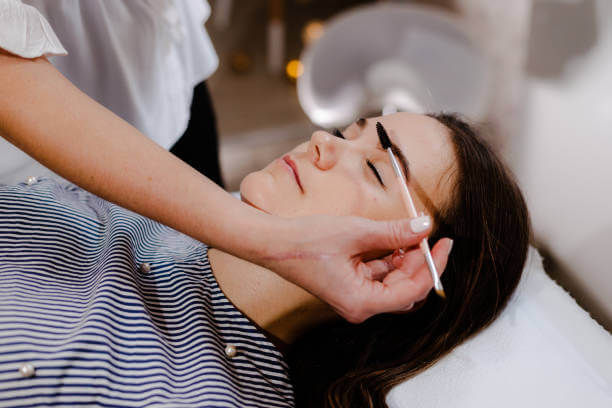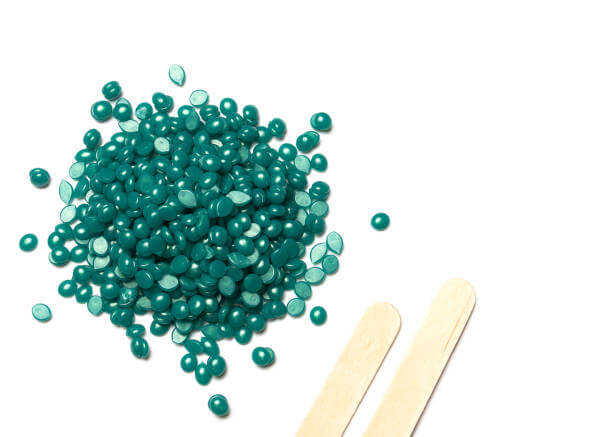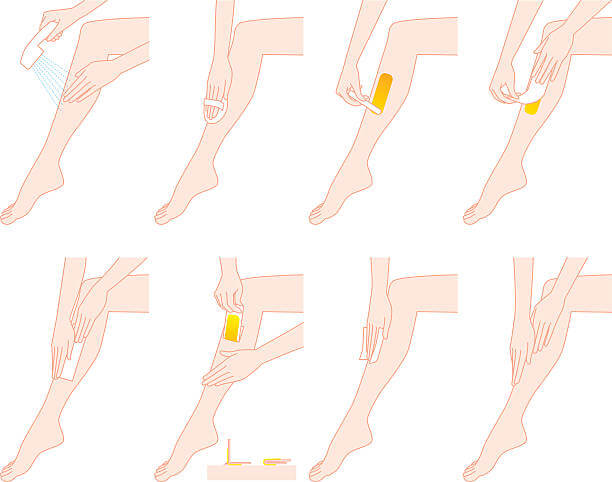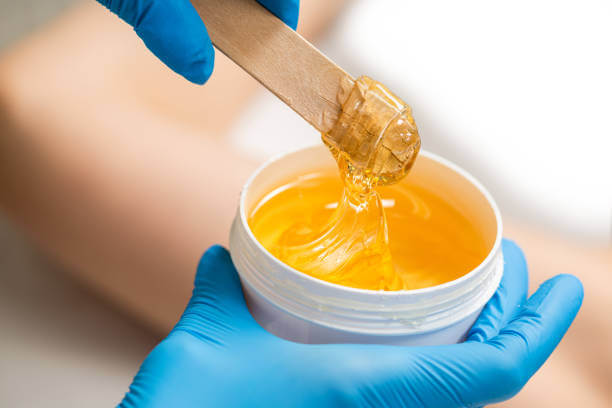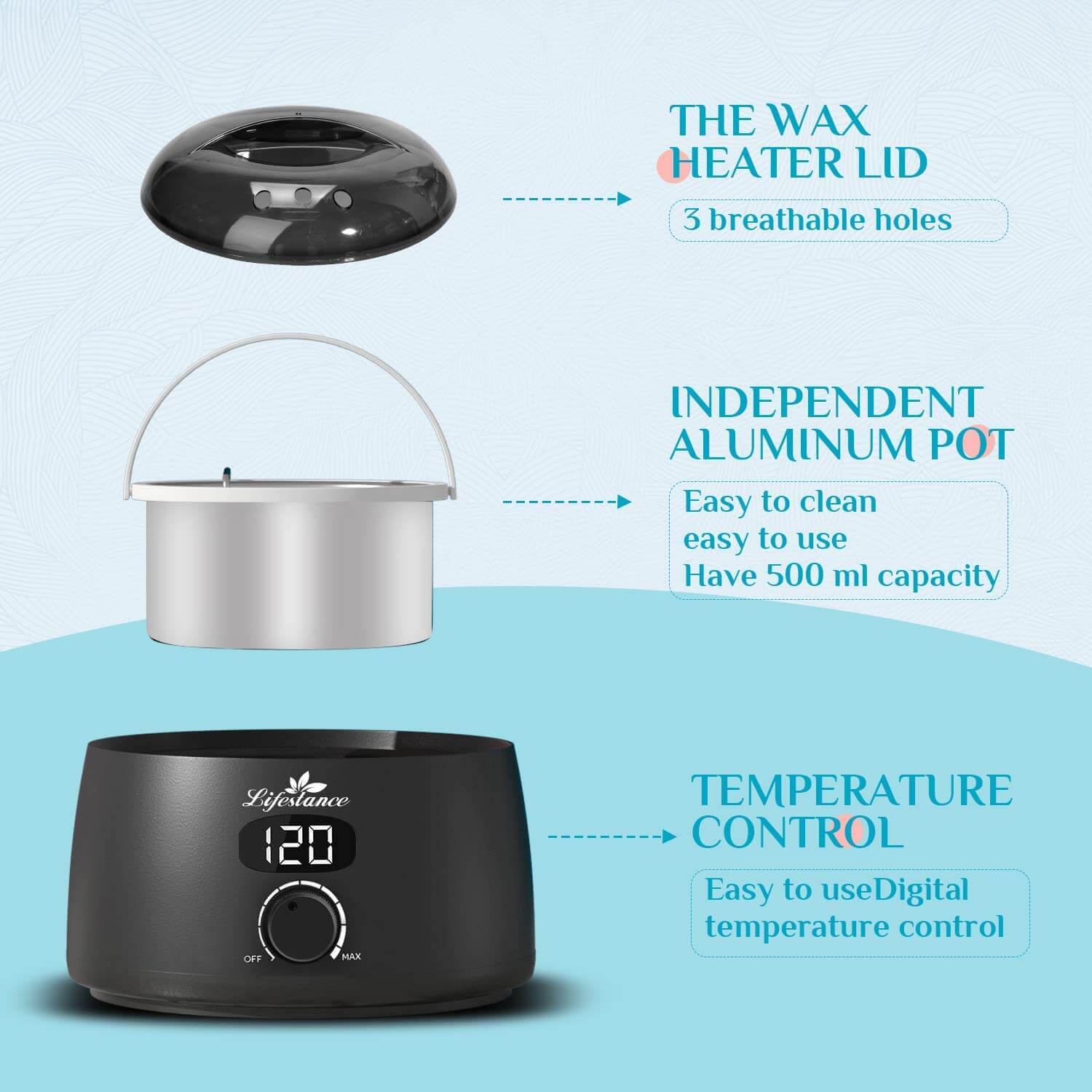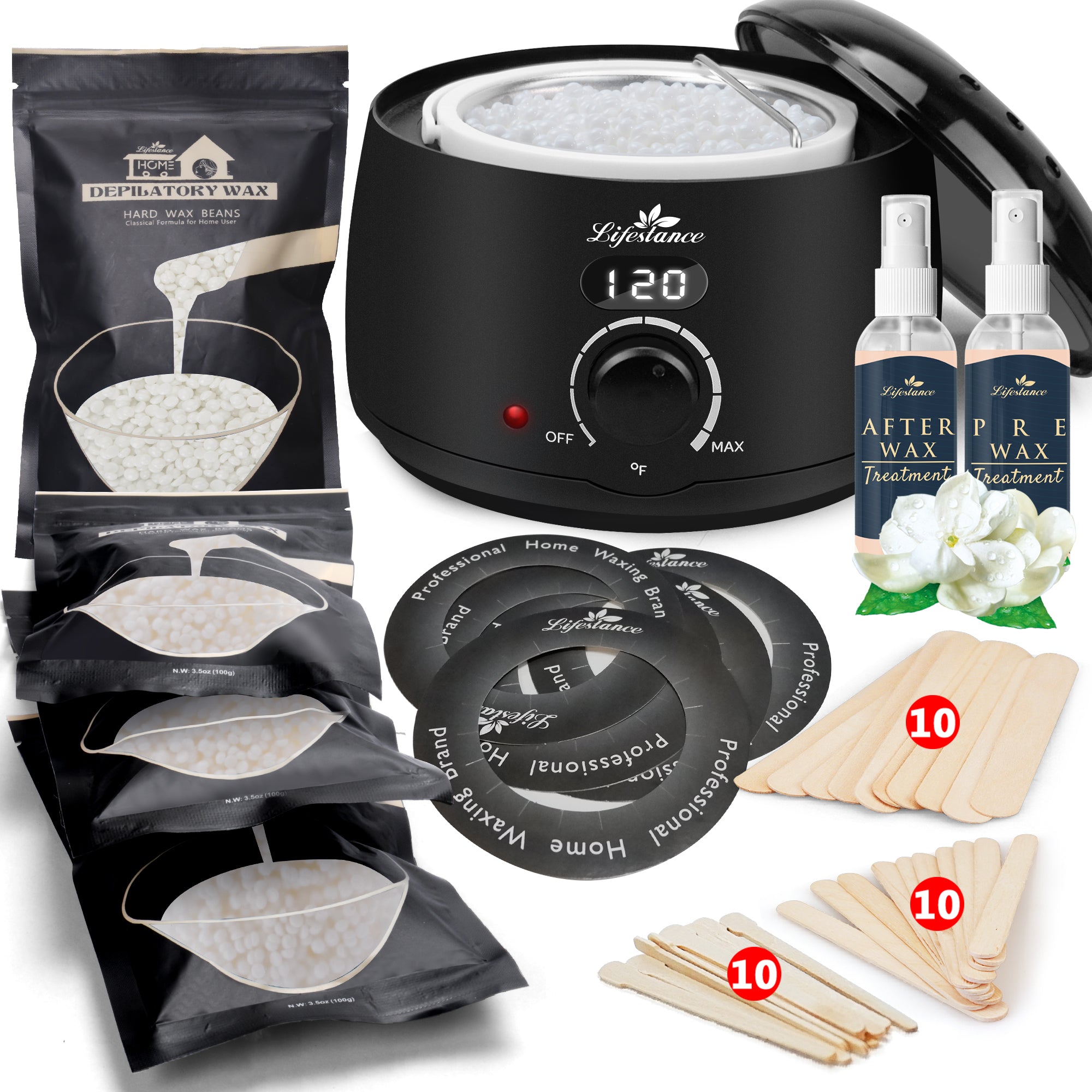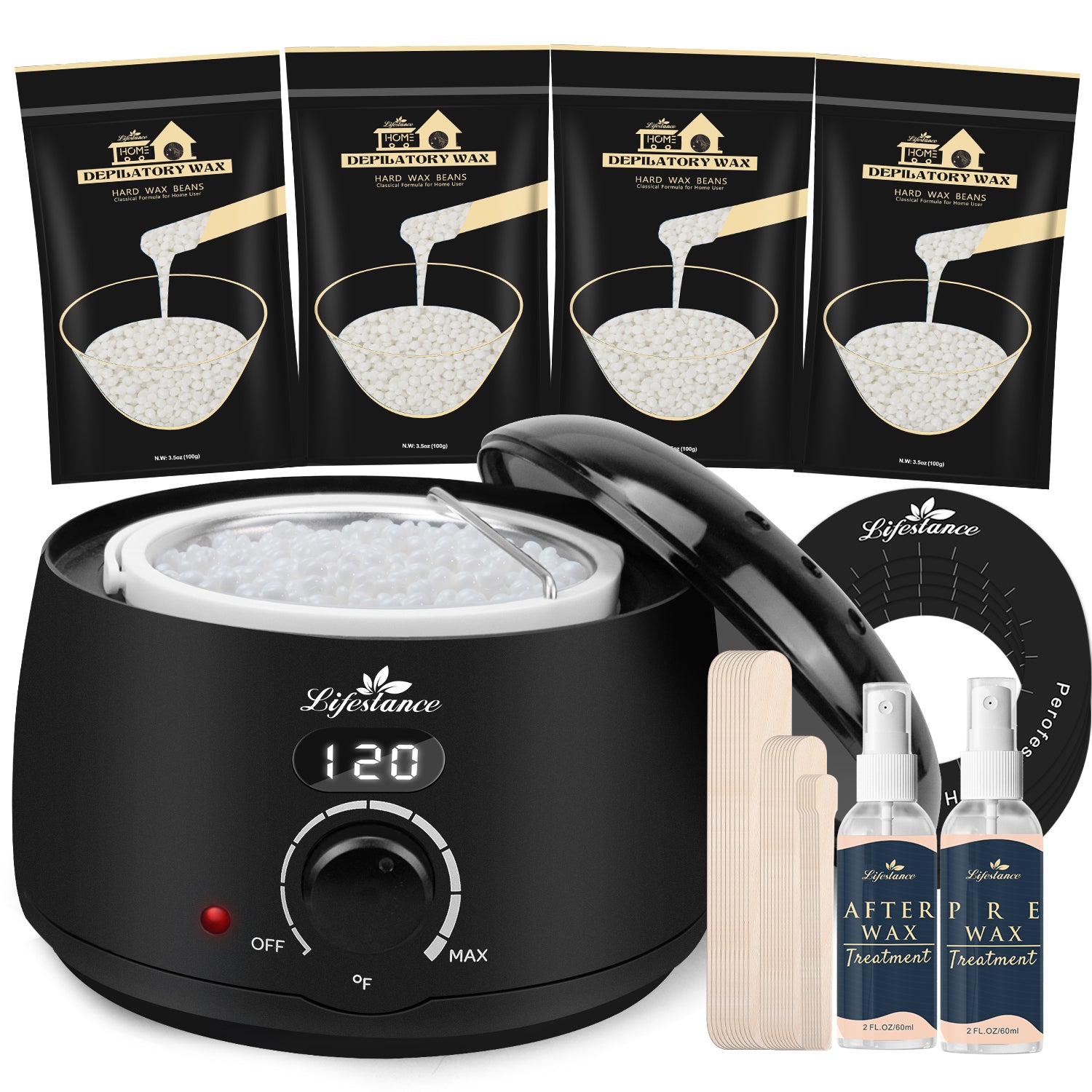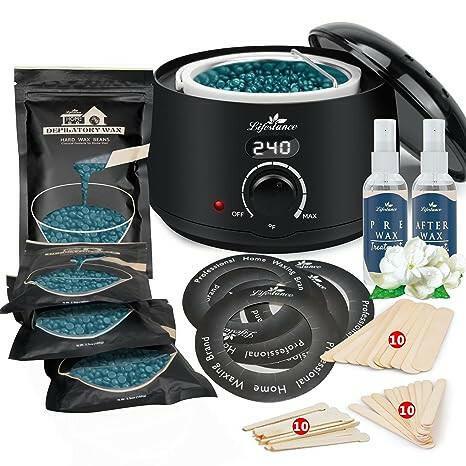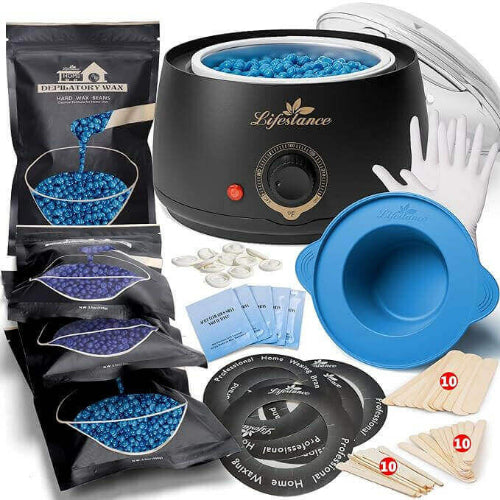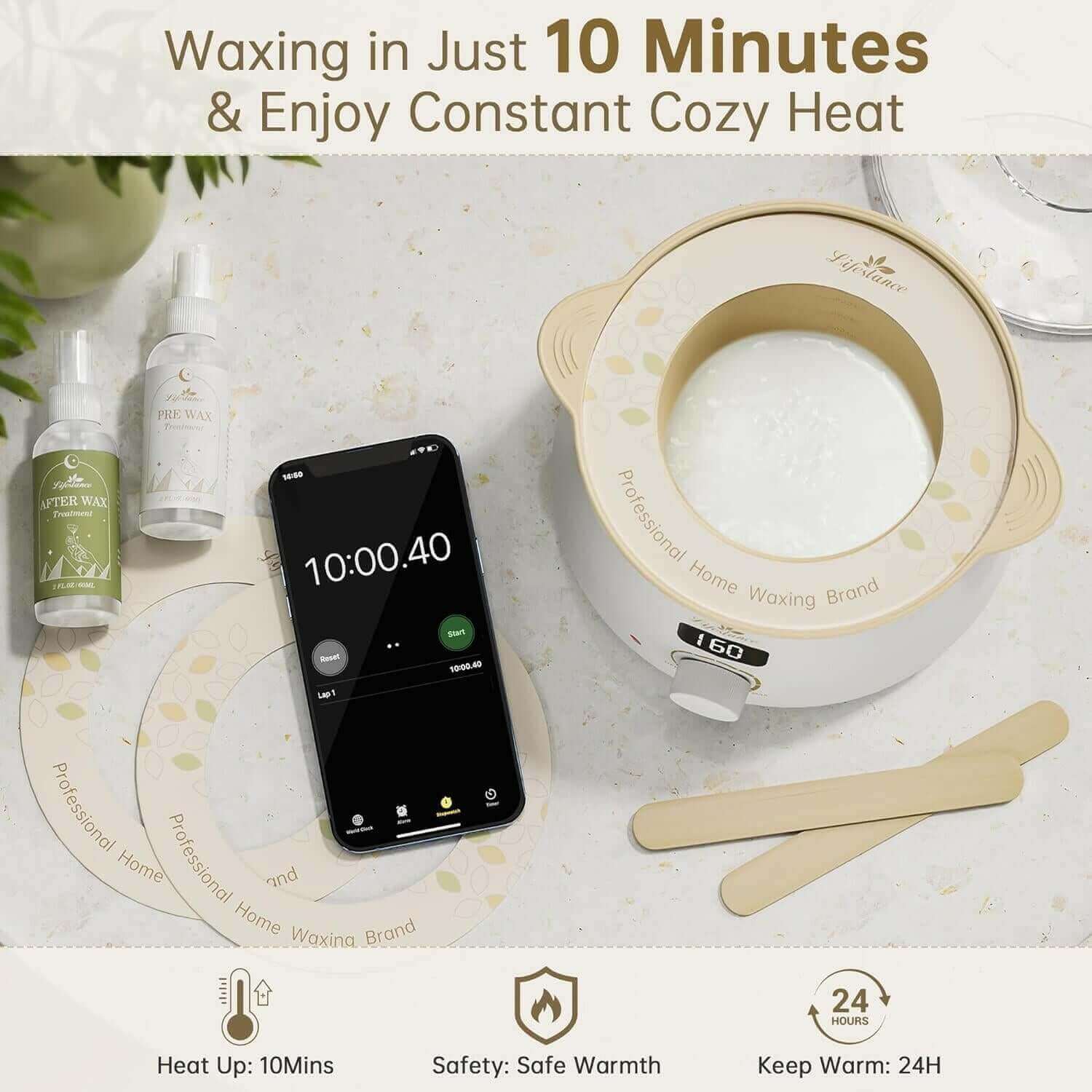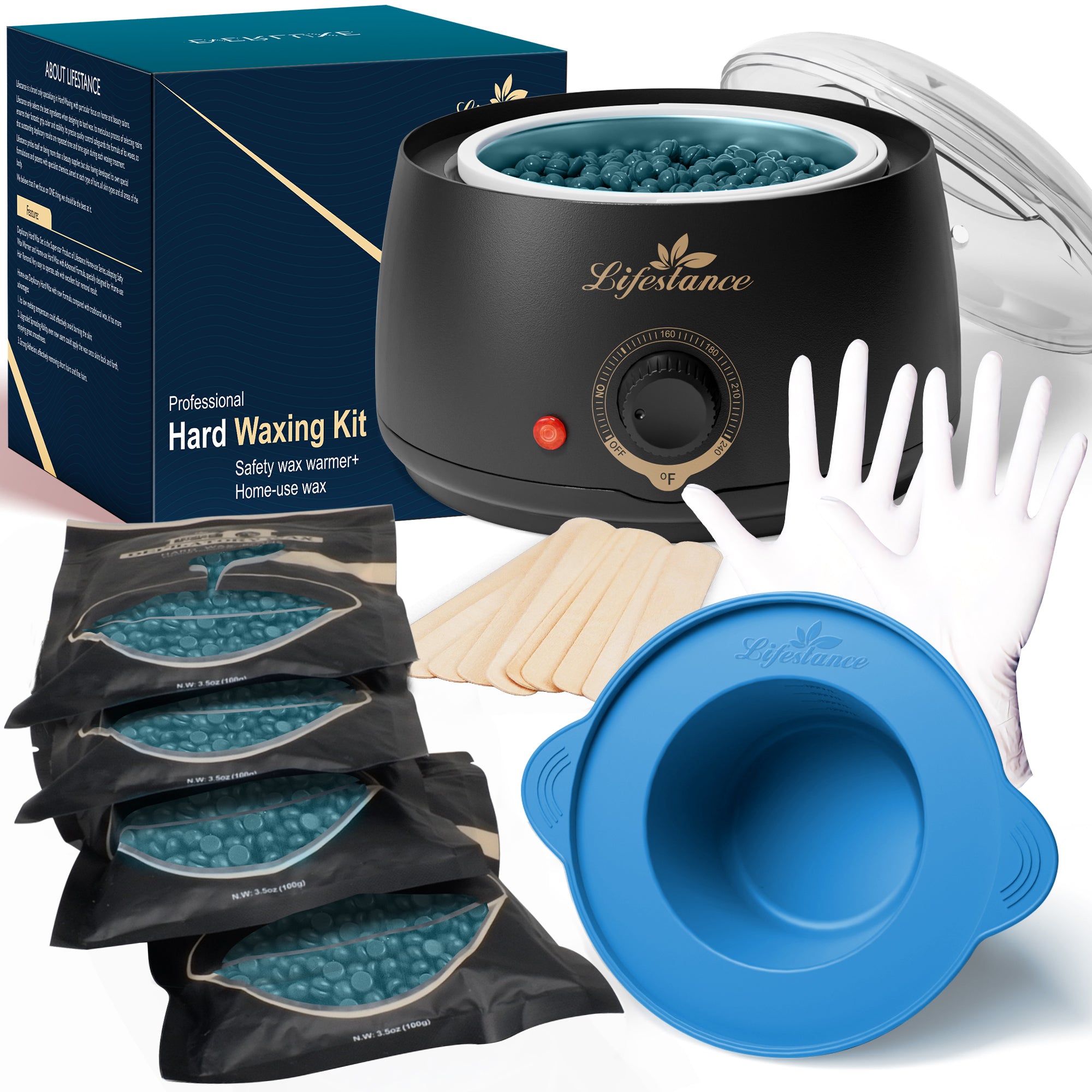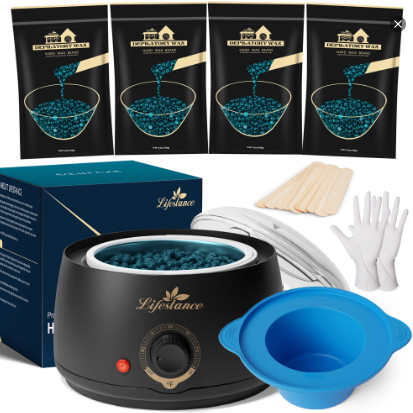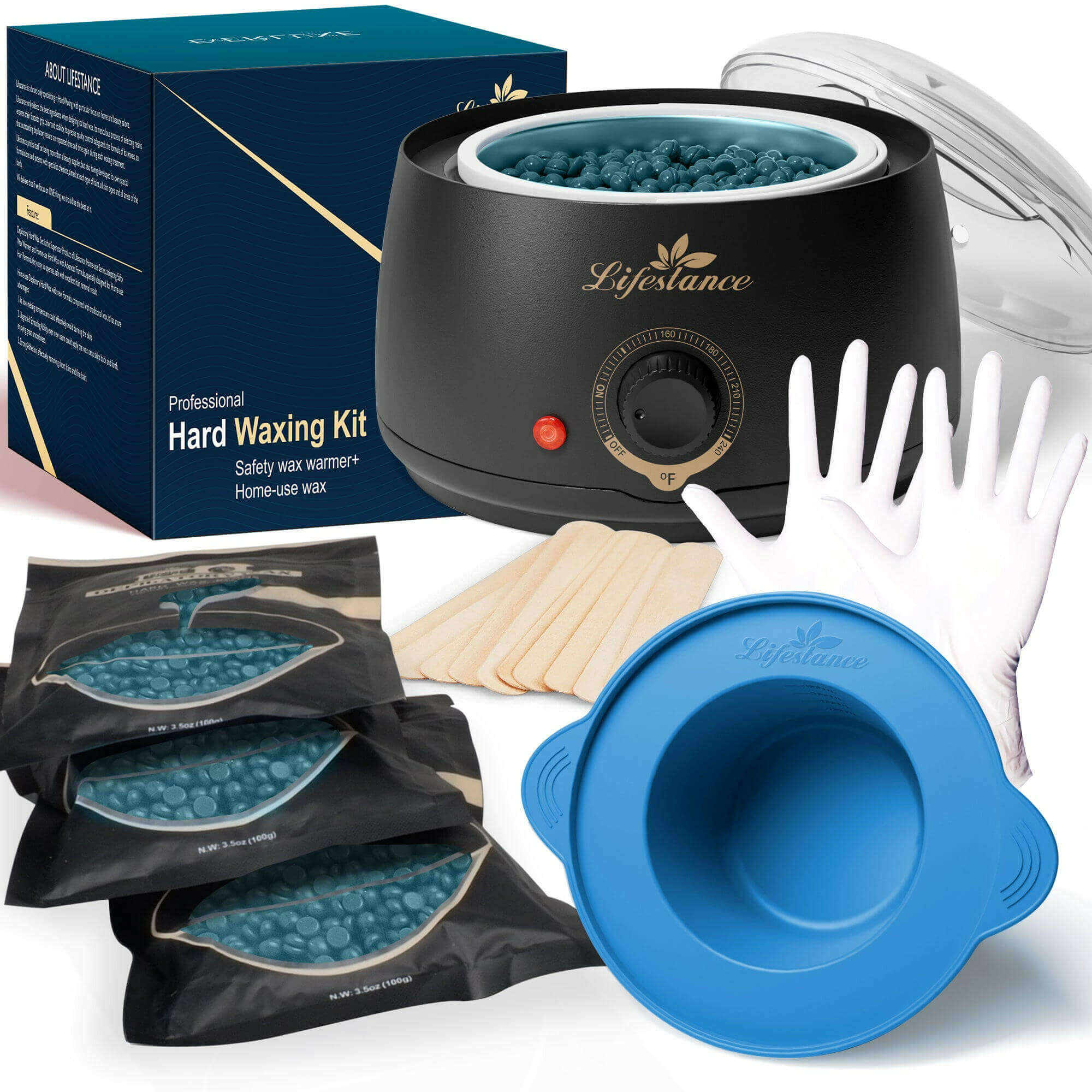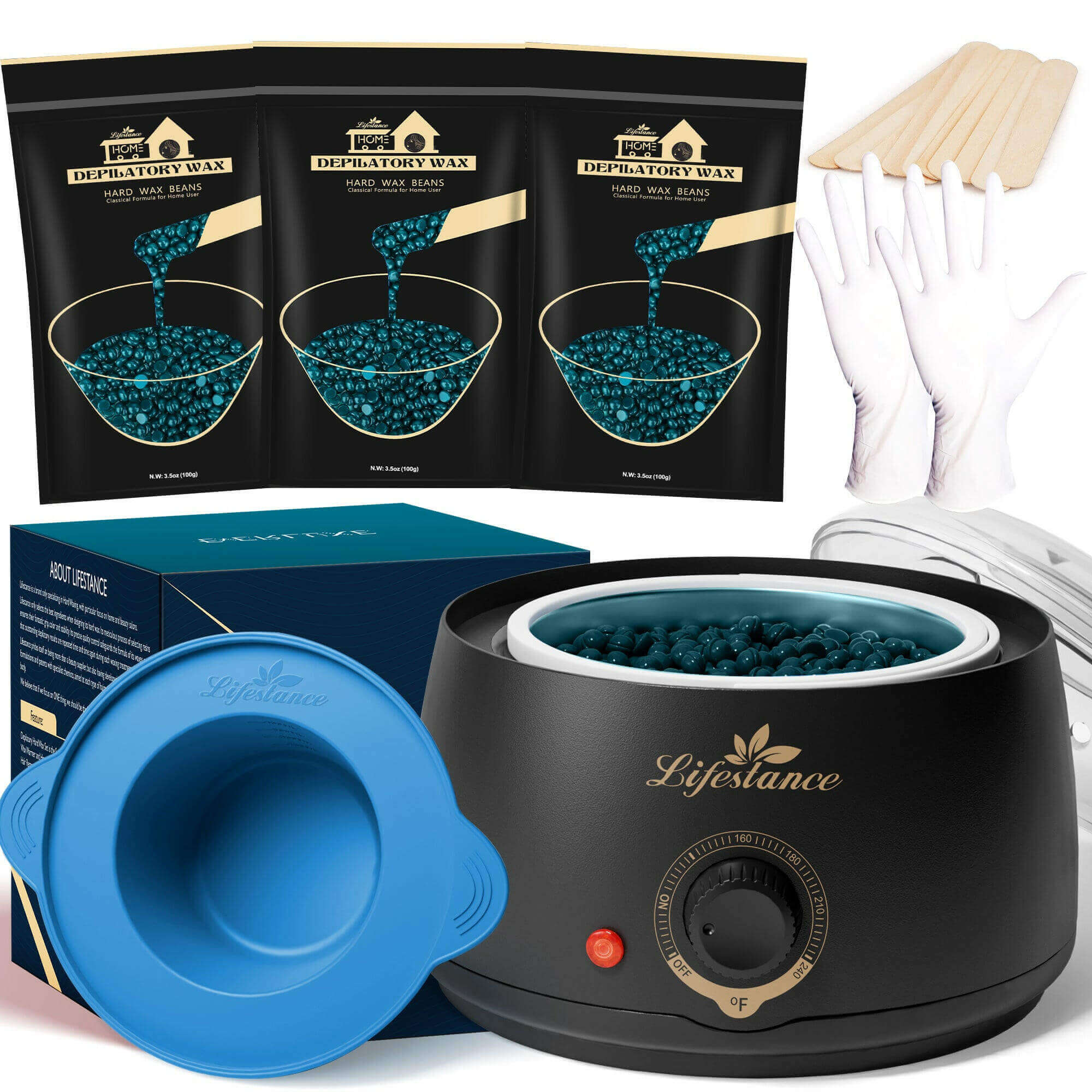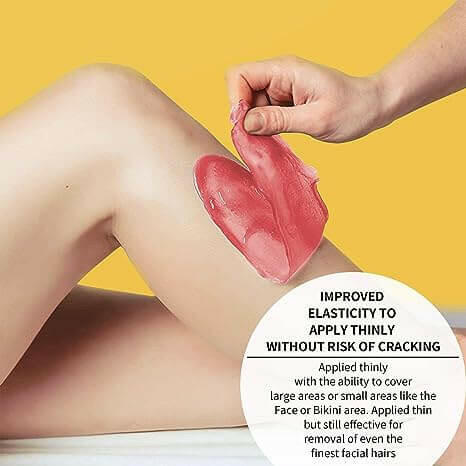
Patch Testing 101: How to Do It Right
Patch Testing 101: How to Conduct a Proper Patch Test
When it comes to introducing new skincare products or ingredients into your routine, it's crucial to conduct a patch test before applying them to a larger area of your skin. Patch testing helps to identify any potential allergic reactions or sensitivities before you commit to using the product regularly. It's a simple and effective way to ensure the safety and compatibility of a product with your unique skin type.
In this comprehensive guide, we'll walk you through the steps of conducting a proper patch test, so you can feel confident and secure in your skincare choices.
Why is Patch Testing Important?
Patch testing is important because it helps to prevent adverse reactions to new skincare products or ingredients. Even if a product is marketed as "gentle" or "suitable for all skin types," it's still possible to have an allergic reaction or experience irritation. Patch testing allows you to identify any potential issues before applying the product to a larger area of your skin.

By conducting a patch test, you can avoid the discomfort and potential complications of a full-blown allergic reaction, such as redness, swelling, itching, or even blistering. It's a small investment of time that can save you a lot of trouble in the long run.
When Should You Conduct a Patch Test?
You should conduct a patch test whenever you introduce a new skincare product or ingredient into your routine. This includes:
- New cleansers, toners, serums, moisturizers, or masks
- New active ingredients like retinol, vitamin C, or AHAs/BHAs
- New essential oils or natural ingredients
- New makeup or sunscreen products
It's also a good idea to conduct a patch test if you've recently changed your skincare routine or if you're using a product that you haven't used in a while. Your skin can change over time, and what was once tolerable may now cause irritation.
How to Conduct a Patch Test
Conducting a patch test is a simple process that involves applying a small amount of the product to a discreet area of your skin and monitoring it for any adverse reactions. Here's how to do it:
1. Choose a Test Area
Select a small, discreet area of your skin, such as the inside of your forearm or behind your ear. Avoid areas that are already irritated or broken out.
2. Apply the Product
Apply a small amount of the product to the test area and gently rub it in. Make sure to use the product as directed, whether that's applying it to clean skin or mixing it with another product.
3. Monitor for Reactions
Wait 24-48 hours and monitor the test area for any signs of irritation, such as redness, swelling, itching, or burning. If you experience any of these symptoms, discontinue use and wash the area with a gentle cleanser and cool water.
4. Repeat if Necessary
If you don't experience any adverse reactions after 48 hours, you can consider the product safe to use on a larger area of your skin. However, if you're still unsure or have sensitive skin, you can repeat the patch test for an additional 24-48 hours to be certain.
What to Do if You Have a Reaction
If you experience a reaction during or after a patch test, discontinue use of the product immediately and wash the area with a gentle cleanser and cool water. Apply a soothing, fragrance-free moisturizer to calm the skin and avoid any further irritation.

If the reaction is severe or persists for more than a few days, consult with a dermatologist or licensed esthetician for further guidance. They can help you identify the cause of the reaction and recommend alternative products or treatments.
Conclusion
Patch testing is a simple and effective way to ensure the safety and compatibility of new skincare products with your unique skin type. By taking the time to conduct a proper patch test, you can avoid the discomfort and potential complications of an adverse reaction and feel confident in your skincare choices.
Remember, everyone's skin is different, and what works for one person may not work for another. Be patient, listen to your skin, and don't be afraid to experiment with different products and ingredients until you find what works best for you.
CONTINUE READING
Waxing Product
Why Choose Us
At Lifestance, we understand that everyone's hair removal needs are unique. That's why we offer a wide range of professional waxing kits to ensure that different skin types, body hair types and budgets are catered for. Whether you are a seasoned beauty professional or a first-time self-service waxer, we are committed to providing you with an exceptional product and service experience.
Safety and ComfortOur waxing products are made with natural and gentle formulas that have passed rigorous testing and certification to ensure that skin irritation is minimized. At the same time, our patented heating technology allows for precise temperature control, so you can enjoy a comfortable waxing experience.
Professional Quality Convenient and PracticalWhether you're a licensed esthetician or a homeowner, Lifestance has you covered. Our kits contain everything you need and are so easy to use that even beginners can master them. The quality of our products is outstanding, ensuring smooth, flawless skin.
Innovative ideas and serviceWe are constantly developing innovative technologies and formulas to provide our customers with an unprecedented hair removal experience. Whatever your questions or needs, our team of professionals is always on hand to provide you with personalized service and guidance.
When you choose Lifestance, you choose beauty, comfort, convenience and professionalism. We are dedicated to providing you with an exceptional hair removal experience that will help you look and feel your best.





